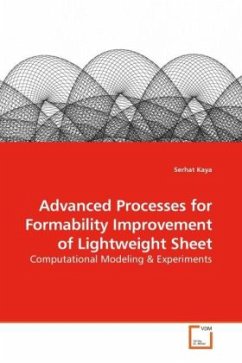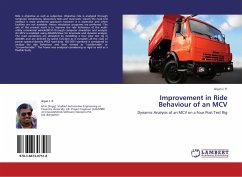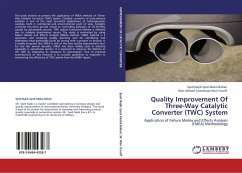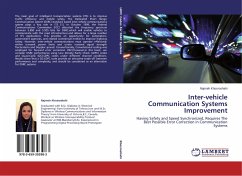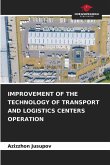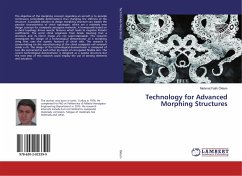This book is the ideal resource for researchers and engineers concerned about advanced testing methods and advanced processes related to formability improvement of lightweight metals such as aluminum and magnesium. Weight reduction is one of the major goals in the automotive, aerospace, appliance and electronics industries. Reduction in weight means less consumption of oil and decrease in harmful greenhouse gases. One way of achieving this goal is to use lightweight alloys such as aluminum and magnesium that have high strength to weight ratios. However, due to aluminum s and magnesium s limited formability at room temperature, advanced forming processes are needed. In this book, mechanical behavior of aluminum and magnesium alloy sheet is discussed through room/elevated temperature bulge testing. Room and elevated temperature hydroforming of these alloys are investigated. Elevated temperature deep drawing of aluminum and magnesium is studied by deploying a servo motor controlled press and unique experimental results are provided. Significant advantages that these techniques offer are demonstrated using advanced computer modeling techniques and physical experimentation.
